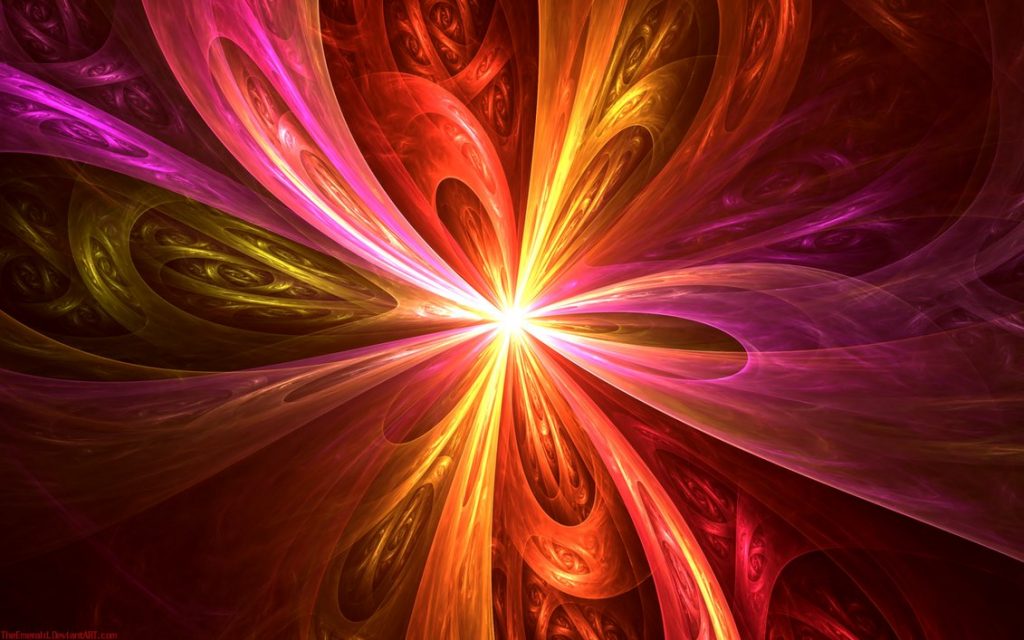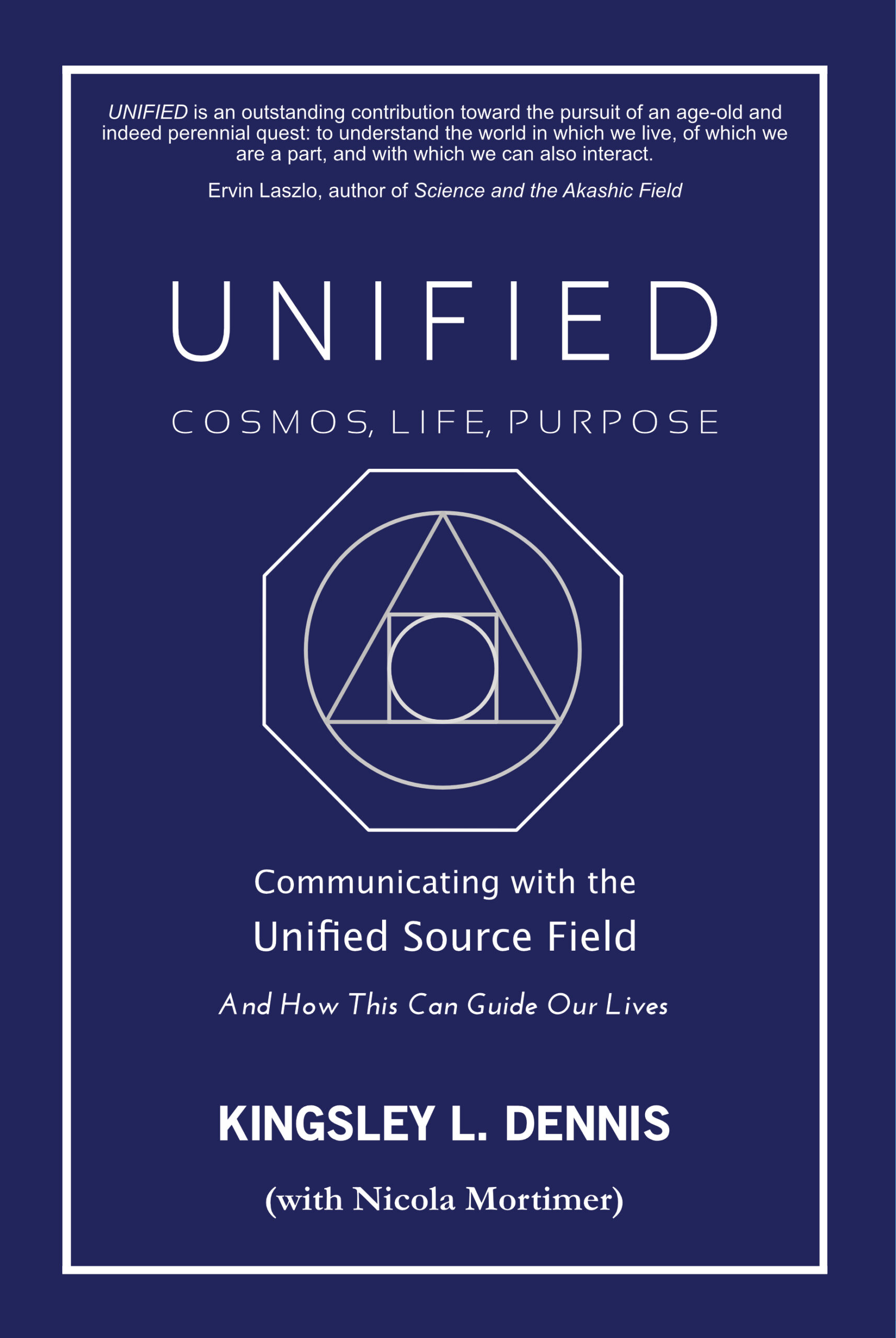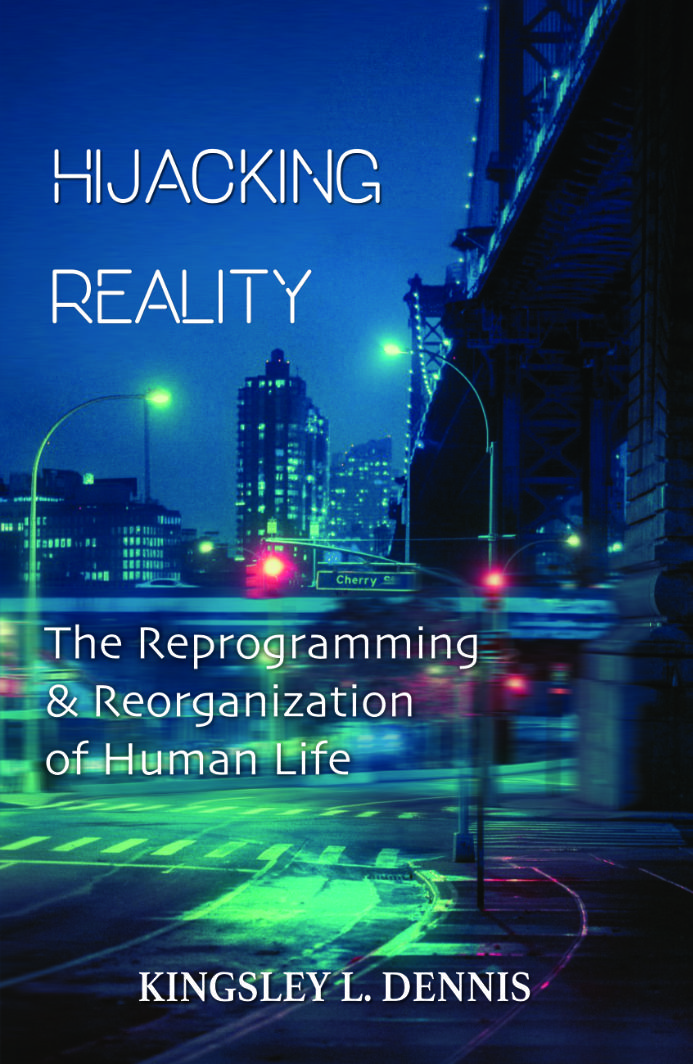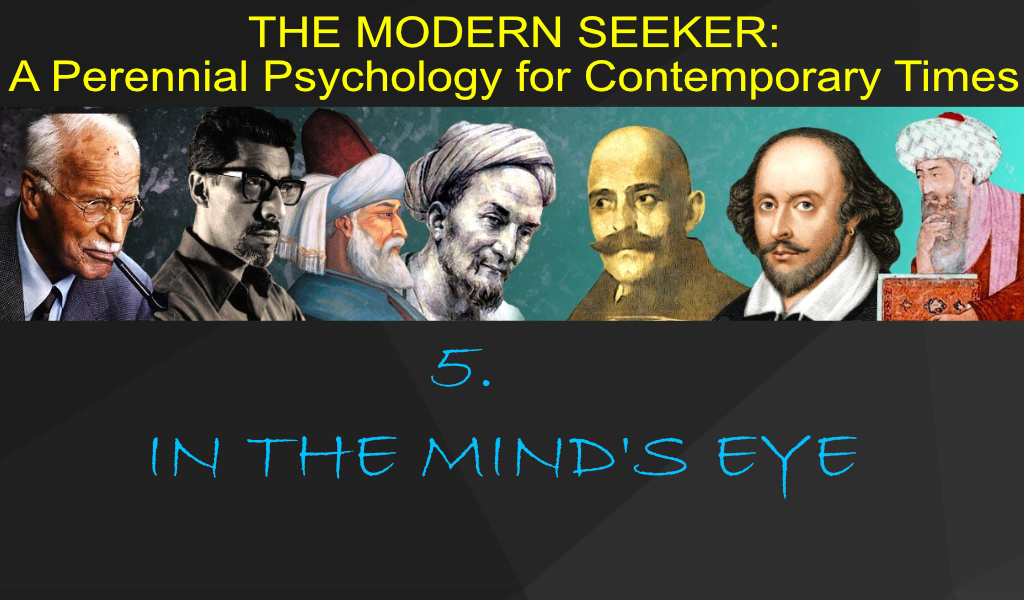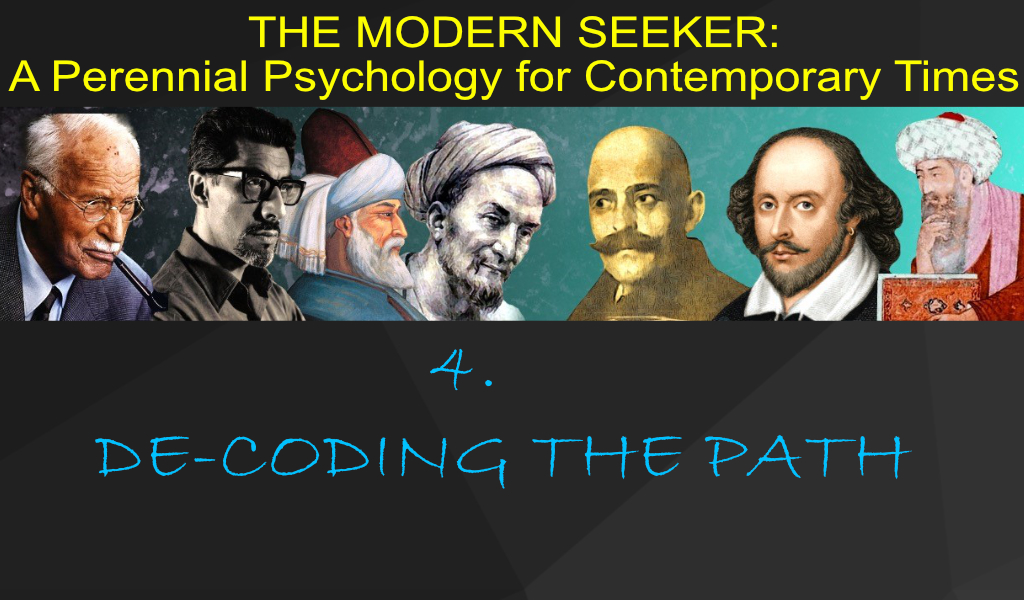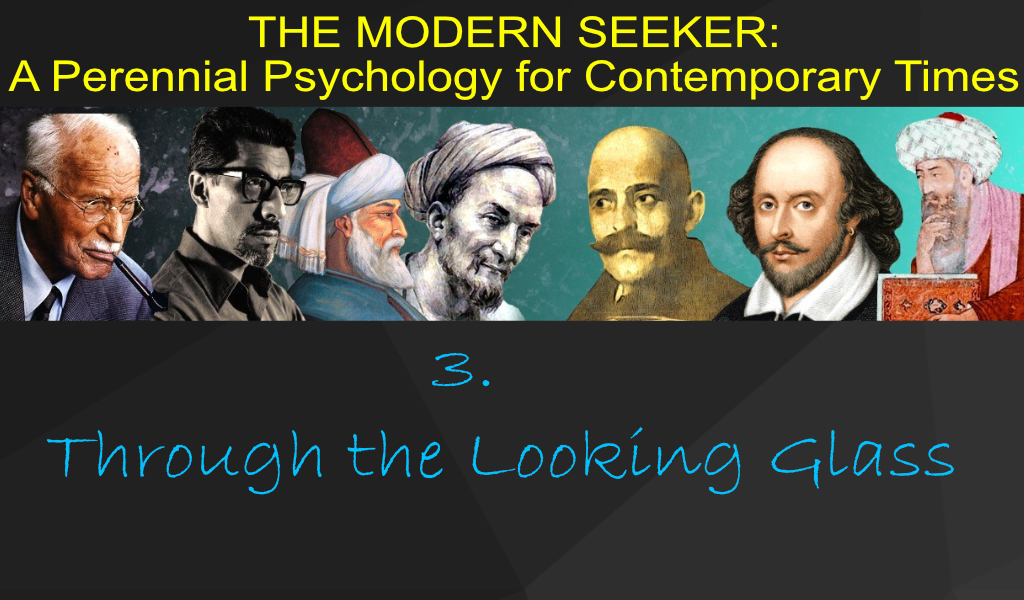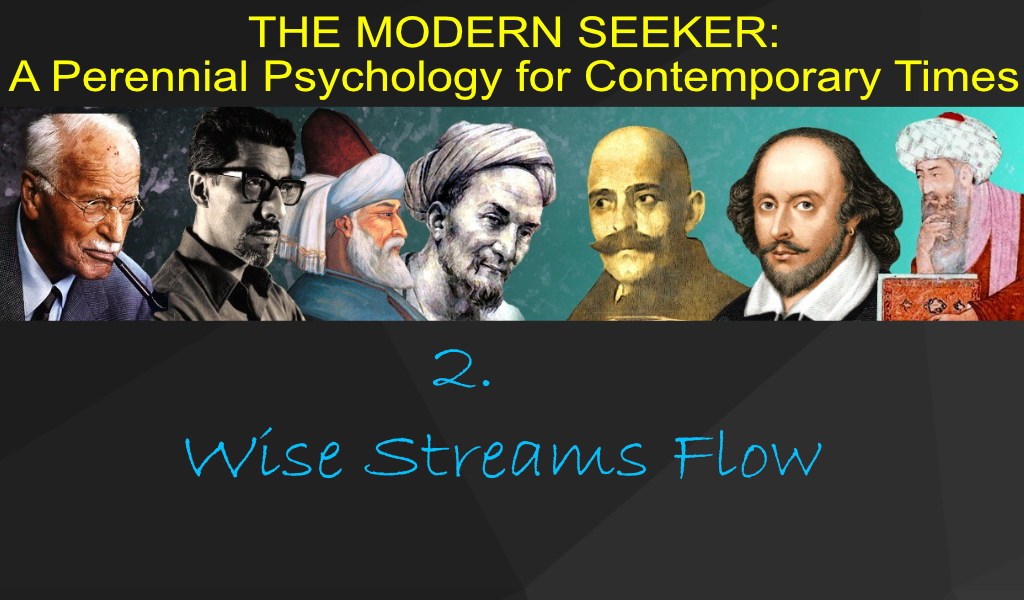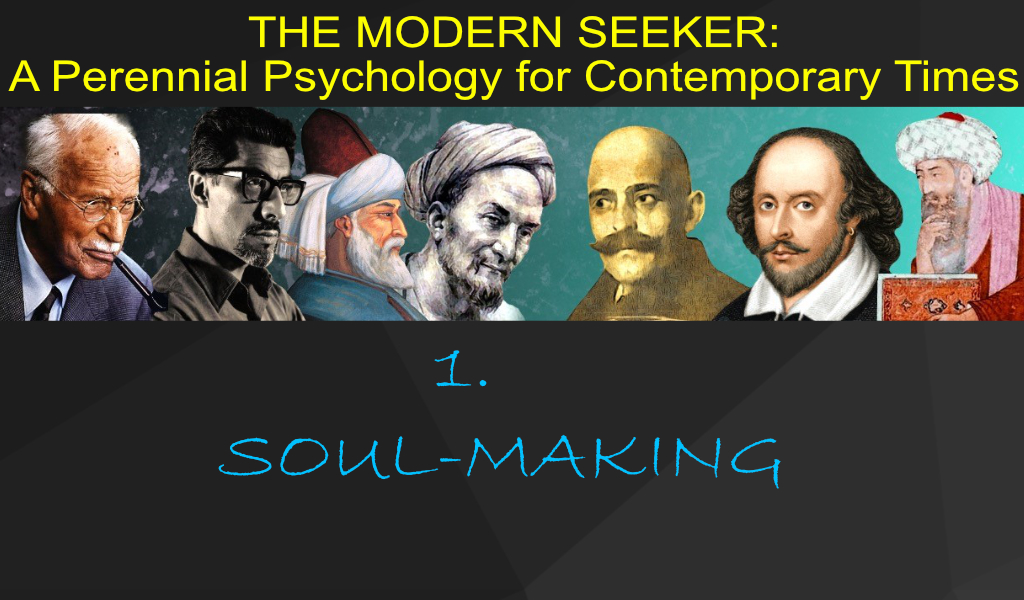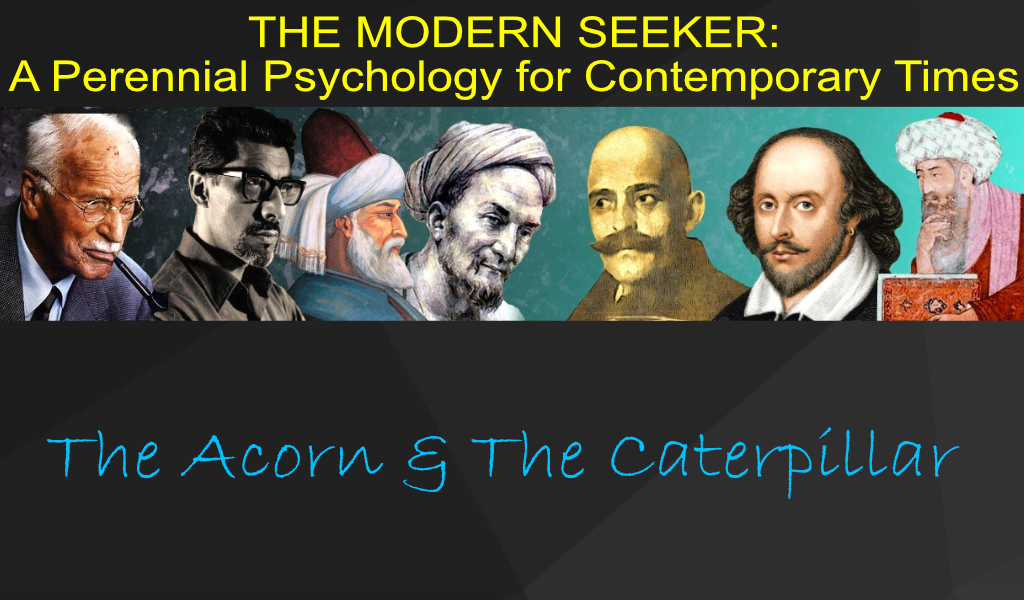The spiritual imagination seizes information technology for its own purposes.
—Erik Davis, Techgnosis
In much of our thinking, the sacred world is divorced from that of secular technologies. And yet the sacred can be equally at home among our technologies since technology, in some form or another, has always been present alongside humanity—from fireplace to dwelling place.
Technology has by necessity had to pass through the rough stage of its growth in order to reach the finer, more subtle stage where it will learn how to merge and blend with human needs and aspirations. Just as a diamond in the rough is still a stone of value, so too is humanity in its “pre-polished” stage. We must allow the early tentative baby steps of our developing technological systems just as we need to be tolerant of our own shortcomings. Technology is evolving and transcending its earlier aspects – just as we are too. The transformation of human consciousness goes side by side with the transformation of our technological cultures. They are both corresponding expressions of each other. Our technologies can be taken to be the reflections of our creative imagination, as each stage of human consciousness reflects a mode of technology.
When we exhibited a cruder level of consciousness our technologies were themselves raw, clunky, and sometimes unforgiving. The gun was not created because technology demanded it but because we had the mindset for its need. Surveillance is not prevalent today within modern societies because technology wishes to spy on us. It is human beings who choose to spy on fellow human beings. Technology is not neutral either, because it does not exist separate from us. It is an extended reach of the human intention, and will remain this way unless forms of technology become a distinct type of sentient species. And even if a form of artificial intelligence did emerge from the complexities of our technologies, it would not be separate from us but, in an odd way, it would be a part of the family.
Technology has been a collaborative part of the human family since our ancestors discovered fire to keep them warm. We then enlisted technology to help build our temples, our megalithic structures, our towering gothic cathedrals, and our radio signals to the starry heavens. The technological arts and human faith are not in opposition, despite what it may seem like. In fact, the technological enterprise has been a consistent partner with the human religious endeavor. The enchantment with technology has religious roots that extend further back than the New World conquest, and more than a thousand years in the formation of Western consciousness. In truth, it goes far back into the origins of Christendom.
The Marriage of Technology and Salvation
The monastic enclaves were bastions of technological innovation, often hidden behind the high brick walls of the monastery. In those days what we refer to as technology was called the mechanical arts. The innovative monastic orders such as Cistercians and Benedictines were involved in developing and improving upon such devices as watermills, windmills, metal forging techniques, mechanical clocks, eyeglasses, and the spring wheel, among others. Monastic work helped spread the idea that the mechanical arts were aids to the spiritual life, which has had an enduring influence upon the European psyche. The influential Franciscan friar Roger Bacon stated that the mechanical arts were the birthright of the sons of Adam and that much great knowledge had been lost in the Fall yet might again be fully revived as part of the recovery toward original perfection as reflected in the image of God. Roger Bacon even went as far as urging the pope to develop new inventions in case the Antichrist should arrive on Earth and seize such new knowledge for his own advantage. Roger Bacon, as well as his famed work on optics, lenses, and weights, was also reputed to have been in possession of the famed bronze head, an automaton sometimes associated with alchemists. Raymond Lully, a contemporary of Bacon, is now considered by many to be a pioneer of computation theory due to his mechanical system for arranging information. Similarly, in the eighteenth century, the inventor, scientist, and philosopher Emanuel Swedenborg married his love for mechanical inventions (such as his flying machine) with his equal love for conversing openly with angels.
The marriage of technology with the religious drive for salvation continued with Francis Bacon who, in the sixteenth and seventeenth centuries, almost single-handedly revived the scientific pursuit. Bacon viewed the development of science as both a technology and a means for redemption, a concept that was mirrored in the Rosicrucians who saw the mechanical arts as a valid path to illumination. These perspectives furthered the medieval identification of technology with transcendence and informed the emergent mindset of modernity. Transcendence is now a common theme within the emerging technologies of the twenty-first century, and which without doubt underlies some of our notions of artificial intelligence and transhumanism.
This spirit of discovery infused the beginnings of the Royal Society of London, which was founded in 1663 from the more secretive Invisible College. The Royal Society devoted their resources to many areas of technology including navigation instruments, ship construction, mining, metallurgy, military instruments, and energy devices. Behind the Royal Society flowed a deep esoteric stream that included the alchemical arts. According to historian Francis Yates, in the 1720s one out of every four English Freemasons was a fellow of the Royal Society. Many great technological innovators and engineers came from the ranks of Freemasonry; among the earliest civil engineers in England was John Desaguliers, third Grand Master of the Premier Grand Lodge of England. This spirit of invention also flowed strongly overseas through prominent US Masons (such as Benjamin Franklin). The École Polytechnique in France, which became one of the world’s premier engineering schools, was created by a group of Freemasons. Freemasons were the apostles of the religion of technology with ideals of technological transcendence. One of the most world-changing technological discoveries of our recent era has been the magic of electricity. The word electricity first entered the English tongue in a 1650 translation of a treatise on the healing properties of magnets by Jan Baptist van Helmont, a Flemish physician and Rosicrucian who worked on the borderline between natural magic and modern chemistry. Indeed, many early references of electricity described the force in markedly alchemical terms, such as the ‘ethereal fire,’ or the ‘quintessential fire.’ And yet now we take it for granted that almost all our appliances plug into some invisible power grid. We take little or no notice of how our gadgets also produce electromagnetic fields that mesh with all the other unseen fields in our environment. And yet this ‘quintessential fire’ is now a part of our global network along with the ever-increasing flows of information. Now our technological prowess is propelling us towards the sacred spaces of the cosmos and its heavenly inhabitants. What today we call space used to be known as heaven. As Bruce Murray, the former director of NASA’s Jet Propulsion Laboratory, declared in 1979: “The search for extraterrestrial intelligence is like looking for God.”[2] Our technological gadgets allow us to become heavenly messengers riding on the recycled chariots of the gods. Interesting to note, although not surprising, is that the first generation of American astronauts all shared pronounced spiritual convictions and held strong religious faith (almost as if meeting with the starry heavens was closed to atheists). On the 1968 Christmas voyage of Apollo 8, the astronauts gave a Christmas Eve reading from Genesis that was beamed back down to Earth. The holy story of the Creation had been retold and revived through the mechanical arts. And to follow this, Edgar Mitchell (Apollo 14) left a microfilm on the lunar surface containing the first verse of Genesis in sixteen languages. From the story of the Creation to our story of creating, we are moving along the ascending spiral through our technologies of transcendence. We are now set to leave the older, chunkier, more inequitable world behind us just as a rocket sheds its booster during the early stages of its launch. It will be our extended relations with technology that shall assist in the transcending of our more primitive selves. Transcending the Tiger And now we reach out to technology once again as we source new materials, new sustainable practices, and reformed infrastructures to support more ecologically aligned and integral cultures. We need humanity and technology working together toward a more sustainable ecosystem connecting people, lives, and events across the planet. And as human consciousness transcends its older thinking patterns, so too will our technologies respond to reflect this new thinking. As if parallel to our finer awareness and levels of self-reflection, modern technologies are becoming more ethereal, invisible, and blending into our surroundings—literally becoming occult. We now need secret code words, a special pass for the initiated, to log in to our information clouds in the ether. Our digital passwords have become the new magical spells. The hardware, the physical machine, is no longer the symbol of our time now but is representative of the previous stage. The hard-edged machine no longer casts a magic spell. The spell now being cast belongs beyond the mechanical apparatus and in the intangible yet fluid world of connections, algorithms, smart codes, and artificial intelligence. The visionary architect and thinker Buckminster Fuller expressed a similar notion when he wrote of ‘ephemeralization’ where he noted the technological trend moving ever closer to the ephemeral. That is, the shift from heavy cables and towers or masts to fiber optics, space satellites, and Wi-Fi. Fuller saw early on how civilization was transforming itself from heavier materiality toward lighter, more subtle forms of connectivity and functionality. Soon the modern physical-digital landscape is going to seem an alien world to the old linear minds. And yet it is all part of the natural hybridization of evolving life upon planet Earth. Human cultures have always been a hybrid form of technoculture, from the earliest days of making fire, to firing sand to produce the windows through which we view the world outside our homes. Civilization has always been a collaborative task between our human-invented tools and our natural environments. And still the process is unfinished – humanity upon this planet has yet to mature. More magic is required, and more making of the soul stuff. In our determination to be like Prometheus, our greatest benefactor who brought us fire and kindled our love for technology, we are compelled to develop a higher, more mature form of consciousness. A form that recognizes it must coexist alongside the flows, connections, and communications of our technological devices. Technology is not only a solid, physical object, a neat gadget that we hold in our hands. It involves the seamless flow and interplay of energy, information, influence, and all that constitutes the unseen, ethereal environments that operate in the background of our lives. It may now be said that ‘Technology embodies an image of the soul . . . redemptive, demonic, magical, transcendent, hypnotic, alive.’[3] It is the ambient architecture through which we navigate and upon which we increasingly depend. It is, and always has been, our human twin more than our tool. Technology is also our link between the world of mind (noosphere) and the world of our cultural artifacts (technosphere). In the various X-Laboratories around the world there are inspired innovators creating the next addition to our technological membrane. With their secretive whispers, their peculiar customs, shared language, and closed fraternity, they are akin to the monasteries of old. The yearning for salvation through technology is stronger than ever, with humankind aspiring to become a part of the next phase in creation. The project of technology as our means of transcendence has been ongoing for millennia; it has always been the human sacred endeavor. Fire was our first technology, and we haven’t stopped technologizing the transcendent light since. The fire of the gods is part of our evolutionary narrative. Technology enables us to fly, although we must not yet fly directly into the sun in case it melts the wax of our Icarus wings. Yet, like Icarus, we have the ambition, the courage, and perhaps too much arrogance, as we try to reach new heights. Our hope is that with a more refined awareness of our abilities and our potential we will also cultivate a more humble attitude to the starry heavens that await us. [1] Yates, Francis. The Rosicrucian Enlightenment. London: Routledge, 2001. [2] Quoted in Noble, David F. The Religion of Technology: The Divinity of Man and the Spirit of Invention. London: Penguin, 1999, 134. [3] Davis, Erik. Techgnosis: Myth, Magic and Mysticism in the Age of Information. New York: Three Rivers Press, 1998, 9.



